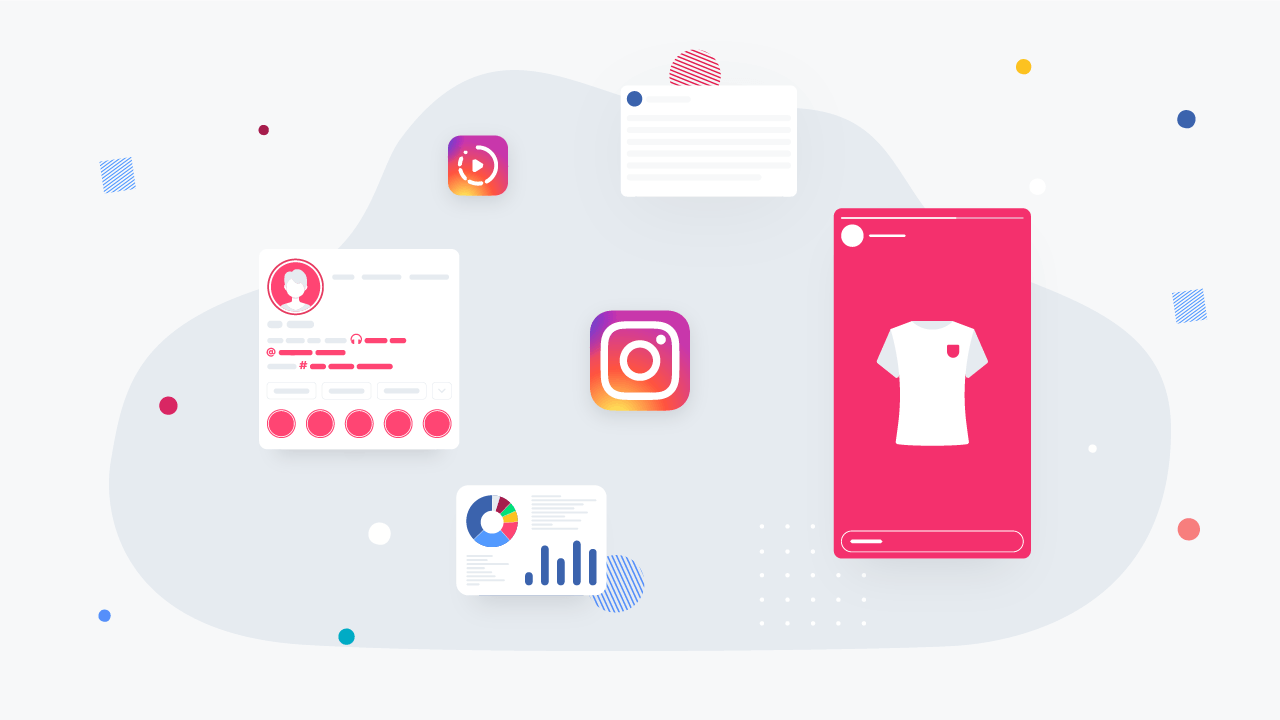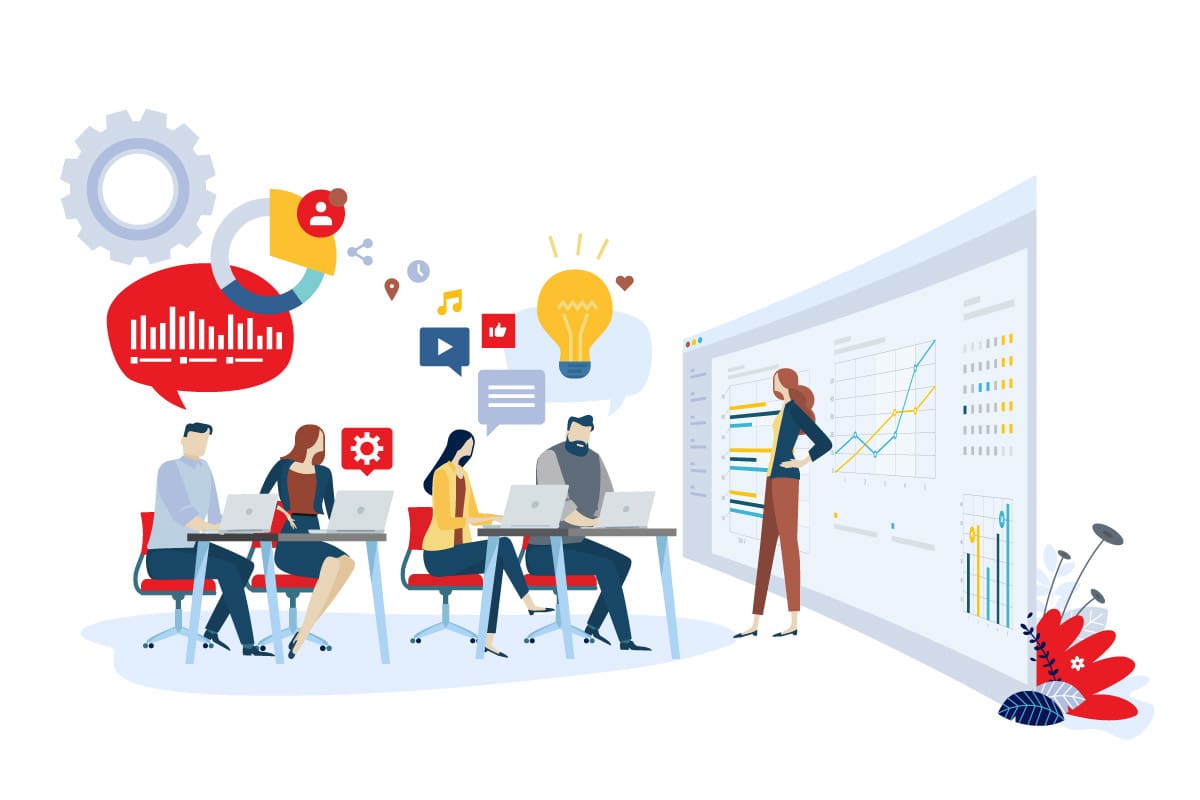You prefer to look your best whether you’re going to a job interview or seeing someone for the first time, right? We all do it for the same reason: we want to make a positive first impression. This concept applies to a lot of things, especially to writers. There are two important things a writer must consider to make a lasting impression on potential readers – an intriguing synopsis, and an alluring cover.
Crafting a solid synopsis will most likely come to you naturally since it’s a part of the writing process. However, no matter how intriguing your story is, it won’t help if your book isn’t even noticeable in the first place. The perfect book cover will attract readers, give them a gist of your work and spark their curiosity to keep going.
Want to find out how you can create the best cover for your next book? Then keep reading.
Is The Book Cover Really That Important?
You mustn’t underestimate the importance of a proper cover. The proverb “don’t judge a book by its cover” does not apply in this context. A lot of great pieces of literature are overlooked and not necessarily because they don’t appeal to a large audience; this happens because they simply don’t catch the eye of readers.
Firstly, a perfectly designed book cover will be eye-catching and tell the story you are trying to tell without the reader having to read a single word. Secondly, it attracts the right kind of audience for your writing. Lastly, it tells the readers more about yourself as a writer, so that they can, to some degree, relate to you and your work.
So, once you are ready with your manuscript, start designing your cover. If you aren’t very confident with your artistic abilities, rely on others! You can hire fantastic artists or publishing companies to be your book cover designers. Rest assured this isn’t an investment that you will thank yourself for after you have published your book.
Without any further ado, let’s get to the steps you need to follow to put together the perfect cover for your book.
Gather Your Ideas
This is the most crucial and time-consuming step. It’s the same as writing the book itself – you need to get all your ideas together, look for inspirations from various sources and create a lot of drafts before you land on the best sample.
Getting your ideas together won’t be too difficult – at this point, you will have already finished writing your book so you know exactly what the story is about. Now all you have to do is look for inspiration or examples of covers that are similar to your story. All you have to do is type in the genre of your book and you will be presented with hundreds of pictures and font ideas.
Online research isn’t the only thing that will help. You can try visiting a bookstore, find books that are of the same genre as your own and take a good look at their covers.
Don’t Mislead Readers!
“Clickbait” is a term used to describe videos on YouTube that have misleading titles or thumbnails which are meant to trick people into watching the video. The book covers too, can act as clickbait.
Let’s say you put a bunch of mythical creatures on the cover of your book, but in reality, there are no such things in your story. They may be popular in many fandoms, but at the end of the day, you might trick people into reading a book that contains nothing they are interested in.
Unless the elements on your cover are a part of your work or are in some way symbolic to your plot, refrain from using them. Disappointed readers can and will leave negative reviews on your book, and that’s the last thing you want. Remember, stick to your genre and your story. Don’t try to use popular elements on your cover for the sake of marketing.
Use Appropriate Software
Once you’re done clicking pictures and gathering your ideas in one place, it’s time to get to the actual designing bit. Graphic designing or the designing process, in general, is rather tedious work, and you need the correct software to get on with it.
If you are doing your designing on your iPad, consider using the app Procreate. This app is very popular amongst many artists on Instagram, Tumblr and Deviantart. It gives you a lot of creative freedom; you have a variety of brushes to choose from (you can custom create your own font with the calligraphy brushes) and a lot of other options that will make your editing life a breeze.
For pc users, having a graphics tablet and Adobe Photoshop, Illustrator or Clip Studio will do the job. You should consider watching some tutorials on designing covers before getting started.
Another very popular software you can use is Canva. This is commonly used for professional work (alongside photoshop and illustrator). This one is also the easiest to use amongst the other applications mentioned. Use whatever you are most comfortable with.
Create Using Correct Dimensions
The dimensions of the canvas you will be using will depend on where you are going to publish your book. Make sure you create your book cover using the correct dimensions.
You can easily select the canvas dimensions when you create a new file in the mentioned apps. If you don’t find your desired dimensions, you can always manually enter the values to create a custom canvas. You might also want to check out some tutorials if you don’t know how to access the dimension options.
Commission Artists And Designers
If you feel like you aren’t being able to produce good results, why not commission artists and designers to do it for you? You can always seek out good artists from Tumblr, Instagram and Deviantart.
Fiverr is also a great place to find highly skilled designers. There are also companies dedicated to analyzing your novel and making a cover that’s best for your book. Conducting thorough research will help you find someone reliable to get the job done.
Lastly, Give it Time
Creating a cover takes a lot of time and a lot of time and error. Throughout the process, you are going to have to go through not only multiple designs of your own, but also that of others you have commissioned. Give it time and have patience. One of the designs will eventually resonate with you and the story that you’re trying to tell. Good luck, and we hope this guide has been helpful to you!





